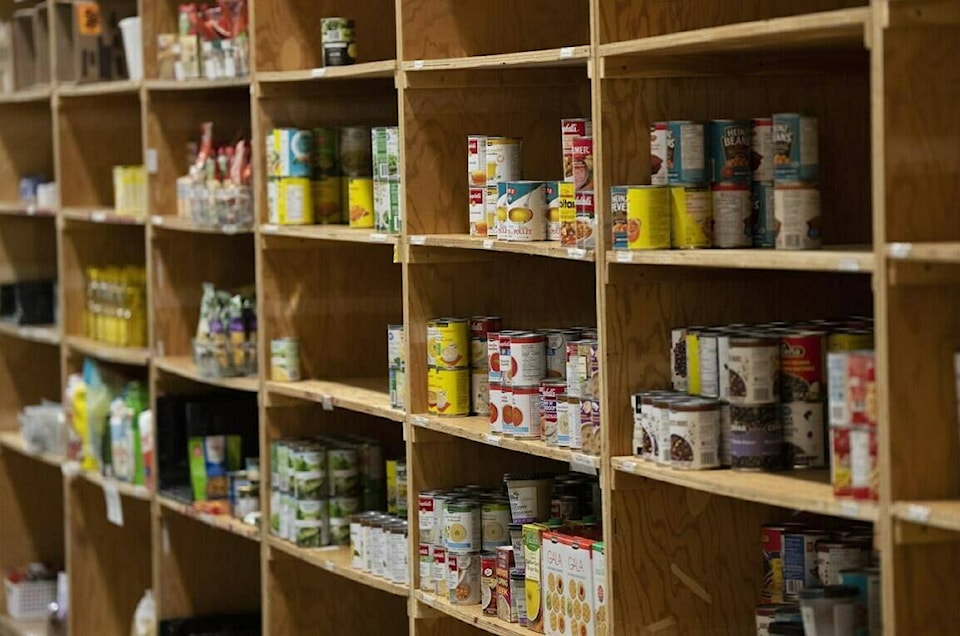Food Banks BC executive director Dan Huang-Taylor says the increasing frequency and intensity of major weather events is just one of the reasons for increased food bank usage.
It comes as Food Banks BC is taking a thorough and comprehensive look at its current model. He said the organization is consulting with members and other stakeholders to look at how it can do a better job at connecting food banks and other hunger-relief agencies for more collaboration and collectivism.
“We feel that if we can achieve that, then we’re going to do a better job and having greater impact in supporting the agencies that are doing this work in B.C. And, of course, in doing so meeting the needs of the increasing number of British Columbians who are turning to them for support,” Huang-Taylor told Black Press Media Thursday (April 25).
Huang-Taylor said that in March there were just under 98,000 people in B.C. accessing Food Banks BC’s 107 member organizations. It’s the highest Food Banks BC has seen, and a 30-per-cent increase from 2022.
And emergencies, like wildfires and flooding, can really exacerbate the need.
“We’ve seen very challenging situations in different parts of the province, particularly in the town of Lytton, where all access to local food was completely cut off during the 2021 fires. Food Banks BC has provided assistance to that community, and a number of the First Nations community, to remain in the area to ensure that there is a regular supply of food.”
READ MORE: Feds to ‘fast-track’ 20 homes for Lytton First Nation, 3 years after wildfire
But Huang-Taylor said Food Banks BC is concerned about what this upcoming fire season might bring.
“The climate emergency that we’re experiencing, and the increasing frequency and intensity of these major weather events, is only going to create more emergency food access situations for people in B.C. So the outlook, if it’s been trending in the same way that they have been, is very bleak. It’s very, very concerning.”
B.C. had its first wildfire evacuation order of the season this week in Chetwynd in northeastern B.C. While the order lasted less than 24 hours, ongoing drought and dry conditions mean the risk is still high.
READ MORE:
Food Banks BC works closely with its members in emergency preparedness, as well as the province and other organizations that are “specialists” in that work, such as the Salvation Army and the Red Cross. the organization is looking to be more innovative and “prepare for the unexpected,” Huang-Taylor said.
“We’ve seen so many different challenges come to our food banks in the last few years and we think back to 2020 in the advent of COVID. Then that was followed by the major weather events, the unprecedented flooding, and then and then the war in Ukraine created – or had – a very significant role in creating this cost of living crisis and other issues accessing food.
“We’ve had to really withstand a lot.”
– With files from The Canadian Press




